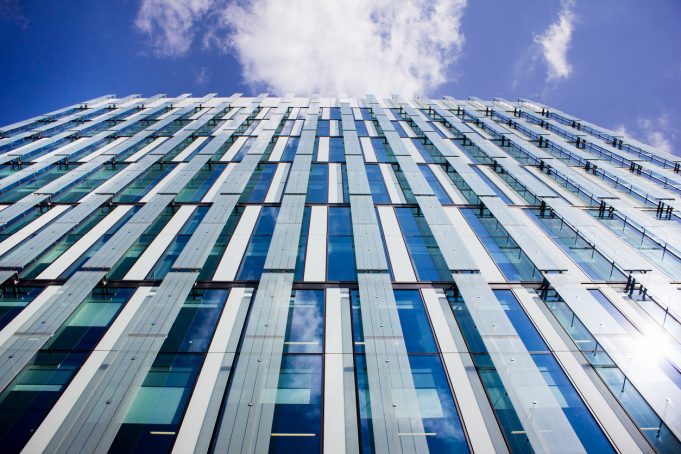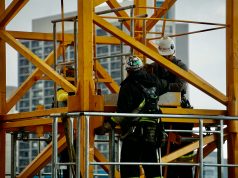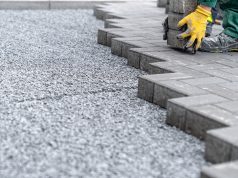Often, when you think of steel structures, images of stark, industrial buildings might come to mind. However, beneath their robust exteriors lies a surprising alignment with green building objectives. This article explores the role of steel buildings in promoting eco-friendly construction practices, illustrating why they’re pivotal not only in the era of industrial development but also in achieving a sustainable future.
Energy Efficiency And Steel Construction
Steel buildings are crucial in the pursuit of more energy-efficient construction. Their design ensures a tight seal against external elements, significantly reducing heating and cooling costs. Such efficiency is vital for attaining green building certifications like eadership in Energy and Environmental Design (LEED,) which focus on energy conservation. Exploring why steel buildings are a green building method reveals their versatility in design, facilitating optimal insulation and minimising thermal bridging—characteristics that earmark them as a top choice for eco-friendly construction.
The reflective properties of steel reduce heat absorption, boosting a building’s energy conservation. Steel roofs reflect solar radiation, lessening your reliance on air conditioning and thus decreasing energy consumption during high temperatures. This combination of effective thermal management and solar reflectivity highlights how steel structures contribute to sustainable building goals.
Steel’s ability to integrate renewable energy technologies further enhances its energy efficiency. The ease of incorporating solar panels and wind turbines into steel structures turns them into powerhouses of renewable energy. This adaptability, evolving with green technology breakthroughs, underscores steel’s central role in sustainable construction practices.
Durability And Longevity Of Steel
The unparalleled durability of steel contributes significantly to its eco-friendly narrative. Buildings that last longer reduce the need for frequent refurbishments or replacements, substantially lowering resource use and waste over time. Steel’s resistance to pests, fire, and extreme weather ensures structures withstand the tests of time and nature with minimal deterioration.
Compared to traditional building materials, steel requires less maintenance, thereby lowering environmental impact and conserving resources and energy throughout the building’s life. The more durable and maintenance-free the material, the higher its sustainability.
Steel’s recyclability, without loss of quality, further enhances its sustainability. When a steel structure reaches the end of its life, the materials can be completely recycled, epitomising a sustainable construction cycle.
The Environmental Impact Of Steel Production
While celebrating steel’s green credentials, it’s crucial to consider the environmental footprint of its production. Technological advances have significantly reduced the energy requirements and emissions of steel manufacturing, reflecting the industry’s commitment to environmental preservation.
The widespread use of recycled content in modern steel construction not only conserves raw materials but also diminishes the carbon footprint associated with new steel production. Choosing recycled materials substantially reduces the construction sector’s environmental impact.
The shift towards cleaner steel production methods, like electric arc furnaces, further reduces environmental harm. These furnaces, powered by recycled scrap metal, provide a more energy-efficient solution, demonstrating the steel industry’s flexibility and dedication to eco-friendly practices.
Innovation In Steel Building Design
Innovation in steel design pushes the sector towards more eco-conscious practices. Steel’s versatility allows for the creation of buildings that are aesthetically pleasing and environmentally friendly. Its inherent strength enables wider spans and more open spaces, reducing the need for internal supports and improving natural light penetration.
This versatility also leads to energy-smart facades that manage thermal gain and loss, enhancing building efficiency. Additionally, steel’s malleability facilitates designs that harmonise with natural surroundings rather than dominating them.
Employing 3D modelling and prefabrication optimises material use and reduces waste at construction sites, ensuring steel buildings are not only innovative but also environmentally considerate.
Steel Buildings And Urban Sustainability
In urban settings, steel structures play a key role in creating sustainable environments. Their quick and efficient construction is ideal for city regeneration projects, optimising space and minimising construction disturbances. Steel’s flexibility supports the inventive repurposing of existing buildings, blending sustainability with cost-effectiveness.
Steel buildings also contribute to enhancing urban green spaces and communal areas. Features like rooftop gardens and green walls integrate easily into steel frameworks, enriching urban biodiversity and improving air quality. These green spaces provide essential refuges in dense cities, improving community health and wellbeing.
The durability and low maintenance of steel make it an excellent choice for urban infrastructure, ensuring that bridges, public transport networks, and other crucial structures withstand the pressures of heavy use and environmental factors, contributing to a resilient urban future.
In Conclusion
Steel buildings are at the forefront of the green building movement. Their energy efficiency, durability, and adaptability position them as essential in achieving sustainability goals.
With continued innovation and a strong commitment to environmental stewardship, the construction sector is adopting steel as the material of choice for a more sustainable world. Reflect on steel’s role in sustainable construction not only for the structures it produces but also for the lasting legacy it leaves for future generations.














